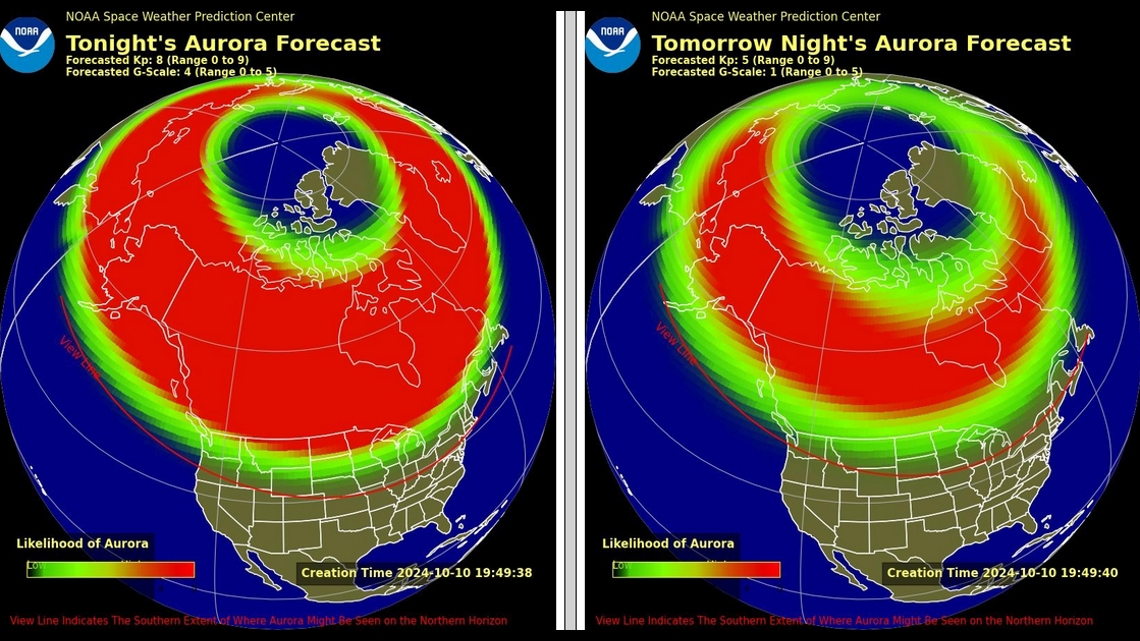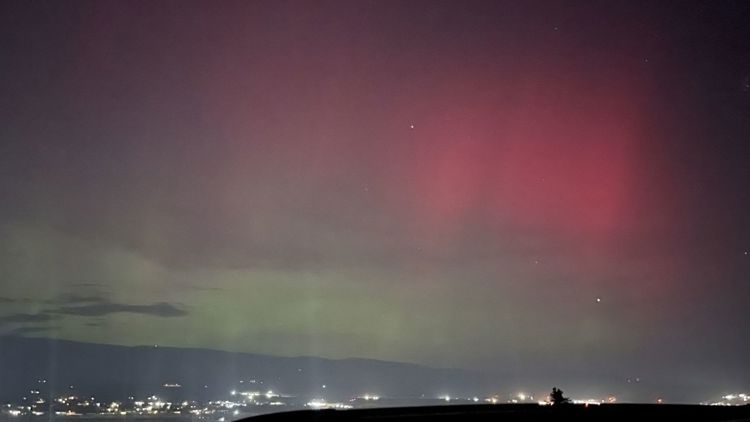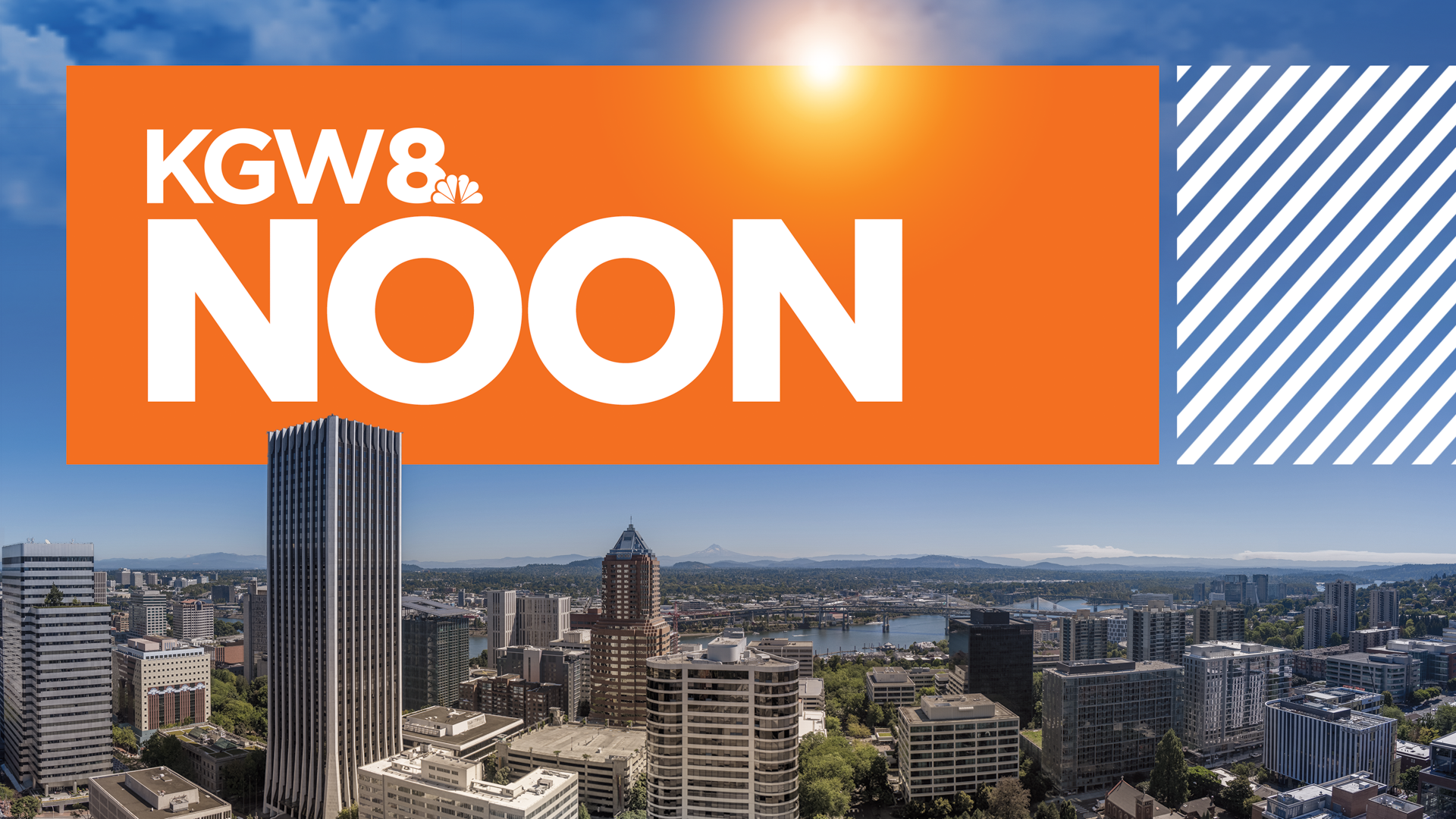PORTLAND, Ore. — Didn't catch the Northern Lights over the Pacific Northwest earlier this week? There's another chance to view the phenomenon in Oregon and Washington.
The National Oceanic and Atmospheric Administration's (NOAA) Space Weather Prediction Center issued a severe geomagnetic storm watch for Thursday going into Friday. Warnings at this level are very rare, the agency said. The storm increases the chances for viewing the aurora borealis, which may be seen in most parts of Oregon and Washington.
A fast coronal mass ejection (CME) erupted from the sun on Oct. 8 and arrived to the Earth on Thursday. CME's are clouds of plasma and magnetic fields that are ejected into space from the sun. When a CME arrives at Earth, it can produce geomagnetic storms, which can manifest as colorful auroras.
A storm like this could trigger disturbances in the Earth's magnetosphere, such as disrupting power and radio signals temporarily, according to NOAA.


Tips on viewing the Northern Lights
NOAA has some advice on how to watch the aurora:
- Get away from city lights: The aurora is only visible when it is dark, so go out at night and avoid light pollution.
- Timing: The best aurora is usually within an hour or two of midnight, between 10 p.m. and 2 a.m. The aurora may be visible in the evening and the morning, but is not as active at those times. The best season for aurora watching is around the fall and spring equinoxes.
Want to share your photos of the Northern Lights? You can submit them by using the 'Near Me' feature on the KGW News App, or text them to 503-226-5088.
What causes the Northern Lights?
The aurora borealis is caused by electrons from space that enter the Earth's magnetic field and collide with atoms and molecules of the upper atmosphere on the planet's magnetic poles, according to NOAA. The collisions produce light than can appear to glow pink, blue, yellow, green and purple.
The sun's magnetic field is at the peak of its 11-year cycle, making solar storms and the Northern Lights visible more frequently.



